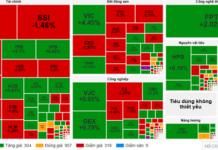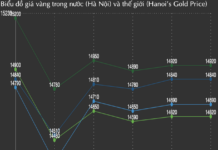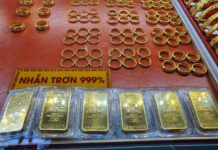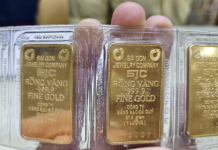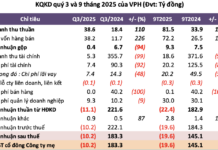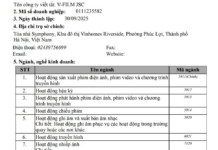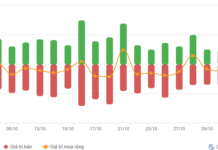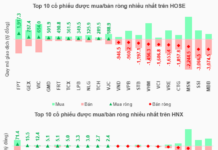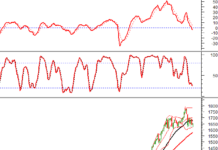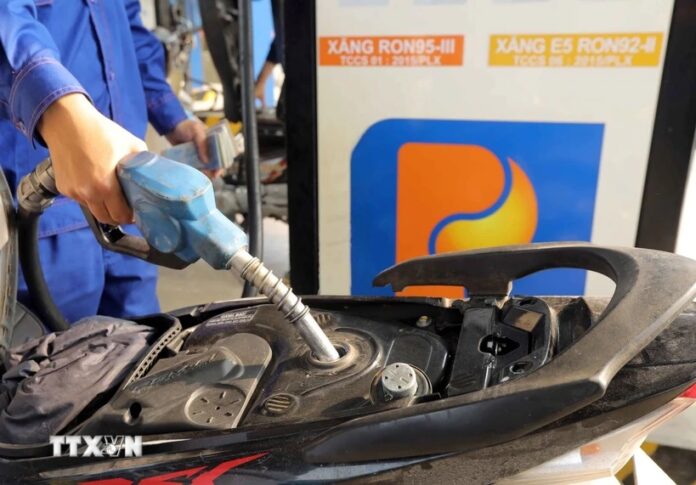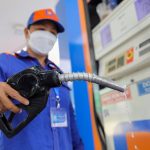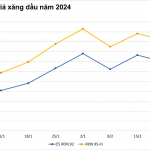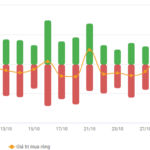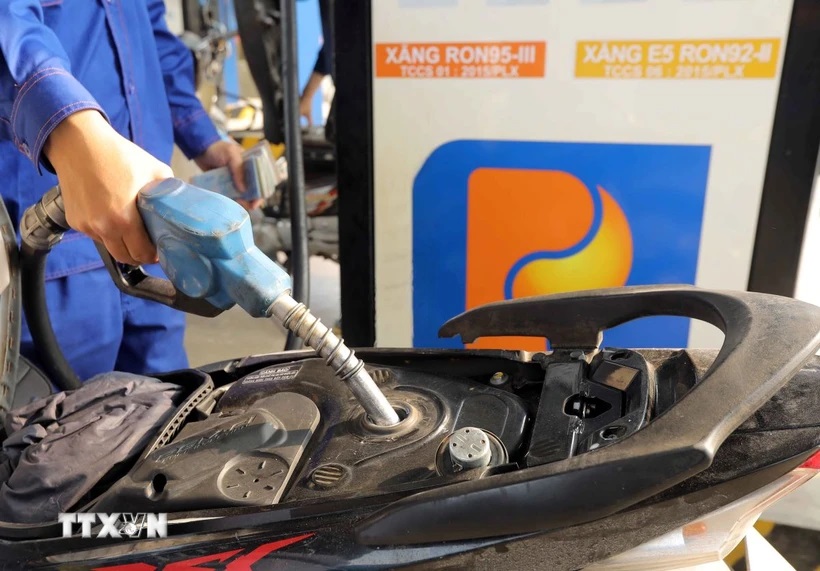
|
Fuel trading at a petrol station in Hanoi. (Photo: Tran Viet/VNA)
|
As a government tool for ensuring stable gasoline prices and preventing sharp increases during volatile global oil market conditions, the existence of the gasoline price stabilization fund is being questioned. Has its purpose become obsolete due to the distinct changes in oil price fluctuations and product composition?
To abolish or to retain?
According to
These enterprises are legally responsible for fund management and reporting to the Ministry of Industry and Trade and the Ministry of Finance. If there is no decision to spend the fund as directed by the two ministries, the fund will only be deposited in the bank and will not impact the market.
While some enterprises make timely transfers, others may be delayed. However, the total amount transferred cannot be ambiguous due to the supervision and inspection of management agencies. Therefore, enterprises that fail to transfer or owe the fund are in violation of the regulations.
In reality, during the COVID-19 pandemic, many gasoline traders incurred losses as selling prices were lower than production costs at certain times. Consequently, they could not transfer the price stabilization fund and fell into debt.
A gasoline trader also shared that in 2022, their enterprise had to borrow from banks to make timely transfers when instructed to do so by the two ministries.
As a result, gasoline trading became more challenging for the enterprise in 2022, especially with the requirement to stockpile at high prices at the beginning of the year and then sell at lower market prices.
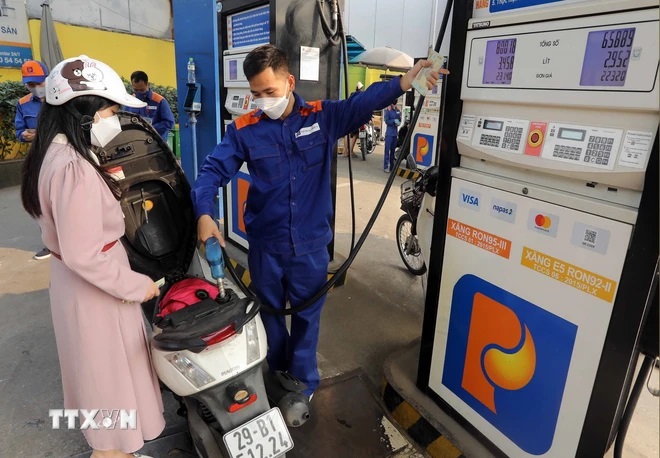
|
People buy gasoline and oil at a trading point in Hanoi. (Photo: Tran Viet/VNA)
|
According to Mr. Bao, the gasoline price stabilization fund was a crucial tool for the government to prevent sharp increases in gasoline prices during periods of significant global market fluctuations.
However, at this point, the amplitude of oil price fluctuations has significantly changed compared to the time when the fund was established, both in terms of price and product composition. As a result, the correlation is no longer purely proportional, and the discrepancy is too large.
In reality, the fund can only compensate for a portion of the price difference and is now mismatched with the conditions at the time of its formation. Therefore, the management agency should consider abolishing this fund, said the VINPA Chairman.
Echoing this sentiment, economic expert Vu Vinh Phu, former Deputy Director of Hanoi Department of Industry and Trade, has repeatedly emphasized in discussions with the press that the Decision to establish the gasoline price stabilization fund stipulated that the fund would be “effective during the period of 2012-2016.” However, it has been nearly a decade, and the fund is still in existence.
Notably, during the adjustment period (June 13, 20, and 27), gasoline prices rose sharply, with E5 RON92 increasing by about VND 880/liter within three weeks, RON95 by about VND 1,040/liter, and diesel oil by about VND 1,270/liter. Still, the two ministries did not decide to spend the fund.
In reality, from October 2023 to the adjustment period on August 8, 2024, the two ministries did not decide to establish or spend the fund, even though the fund had nearly VND 7,000 billion at the end of 2023.
The stabilization fund is meant to stabilize gasoline prices, but in reality, it remains untouched. Therefore, its existence should be reconsidered, said Mr. Vu Vinh Phu.
In the latest draft decree on gasoline trading recently completed and sent to the Ministry of Justice for appraisal, the Ministry of Industry and Trade stated that during inspections and examinations, specialized agencies of the Party and the Government had opinions that the establishment and use of the fund as regulated for a long time were inconsistent with the Price Law.
The Ministry of Industry and Trade also stated that with the current price adjustment cycle of once every seven days, price changes between adjustments are not significant. Therefore, the impact of gasoline price adjustments on the socio-economy is minimal, and the use of the gasoline price stabilization fund is rarely necessary.
Establishing a new stabilization tool
According to Mr. Bao, if the stabilization fund is to be retained, it should be transferred to state management instead of being managed by enterprises as it is currently.
A mechanism should be established to contribute the fund to the state as a tax and change the way it is used. The fund should focus on national gasoline reserves, which can be sold to the market when price stabilization is needed.
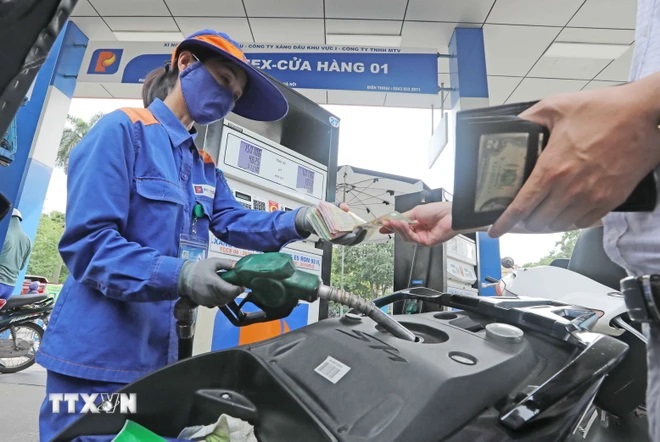
|
Fuel trading at Petrolimex’s Gas Station No. 1. (Photo: Tran Viet/VNA)
|
In reality, developed countries often maintain national gasoline reserves for three to six months, or even nine months. When global gasoline prices are high, they sell from the reserves or use them to stabilize the market, and when prices are low, they buy to replenish the reserves for efficient operation.
Additionally, price stabilization can be achieved through tax and fee policies or gasoline price insurance, allowing market forces to operate.
With such an approach, gasoline supply will always be guaranteed, and prices will be competitive among enterprises, benefiting consumers, said Mr. Bao.
The Government is also directing the study of proposals to establish a Gasoline Trading Floor to increase transparency and address the instability of the gasoline market. Based on this, appropriate solutions will be implemented according to authority and legal regulations.
The Gasoline Trading Floor, once operational, will publicly disclose information about prices and trading volume, reducing the potential for price manipulation. It will also provide a flexible pricing mechanism and improve the distribution and circulation of gasoline.
On July 30, 2024, the Ministry of Industry and Trade (Domestic Market Department) organized a workshop to discuss the establishment of the Gasoline Trading Floor.
The Ministry of Industry and Trade affirmed that it would continue to listen to the opinions of associations, enterprises, and experts on establishing a Gasoline Trading Floor in Vietnam to build a suitable model.
Anh Nguyen
Petrol price surges, RON95 exceeds 24,000 dong/liter
From 3 PM on February 1st, the price of E5 RON 92 gasoline increased by 740 dong per liter, and RON 95 gasoline increased by 760 dong per liter.
Gasoline prices on the rise, RON 95 nearing 24,000 dong per liter
Starting from 3 PM on February 29th, the price of E5 RON 92 gasoline has increased by 280 dong per liter, while RON 95 gasoline has increased by 330 dong per liter.

